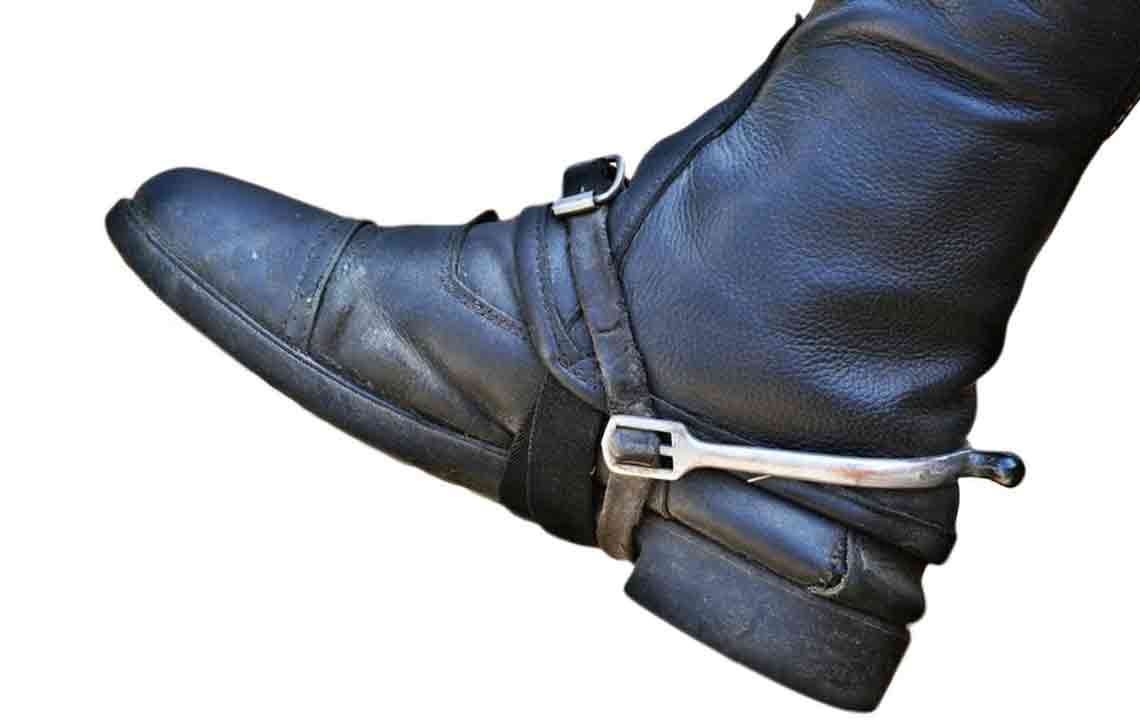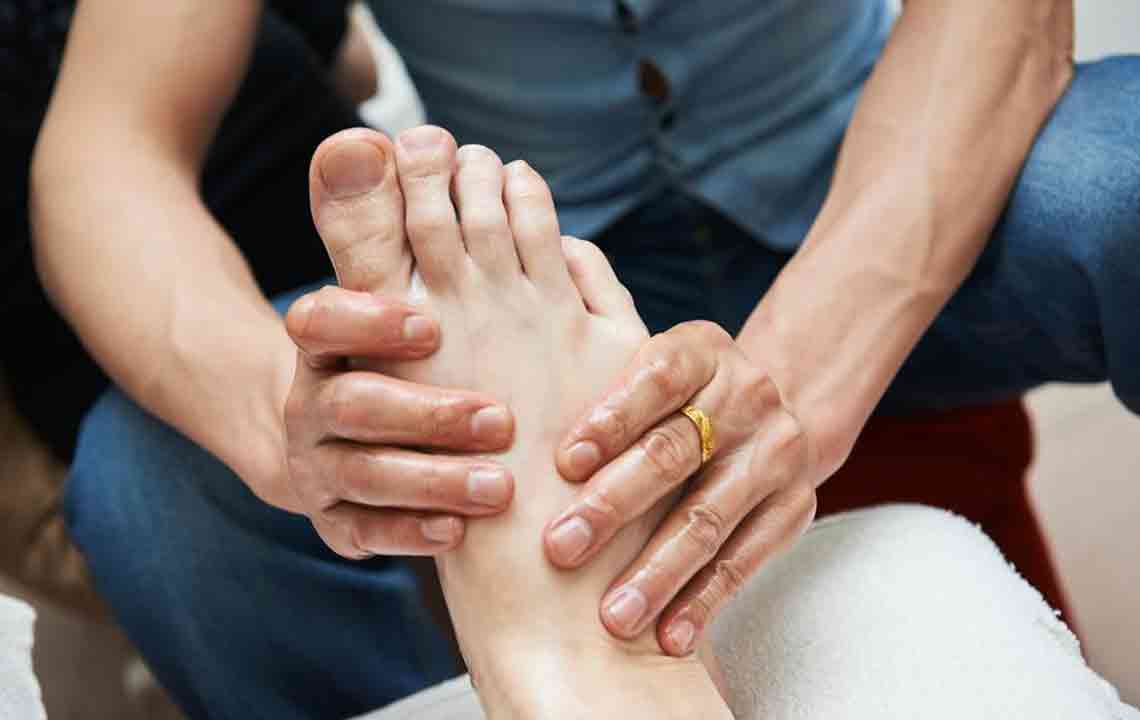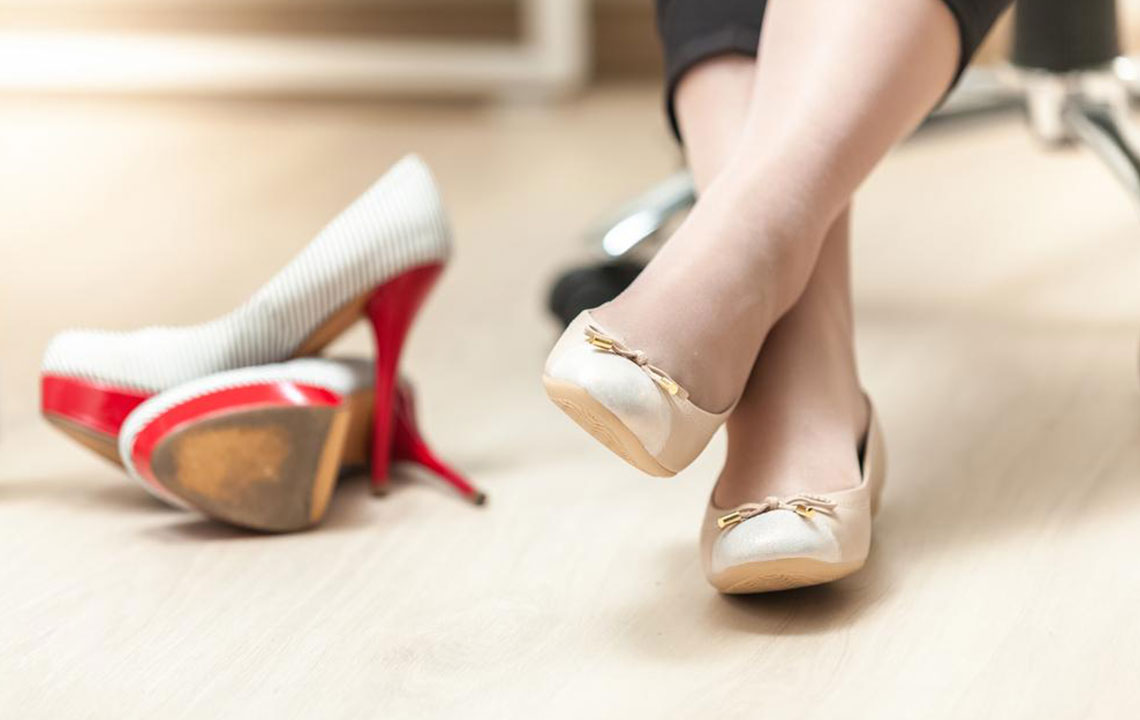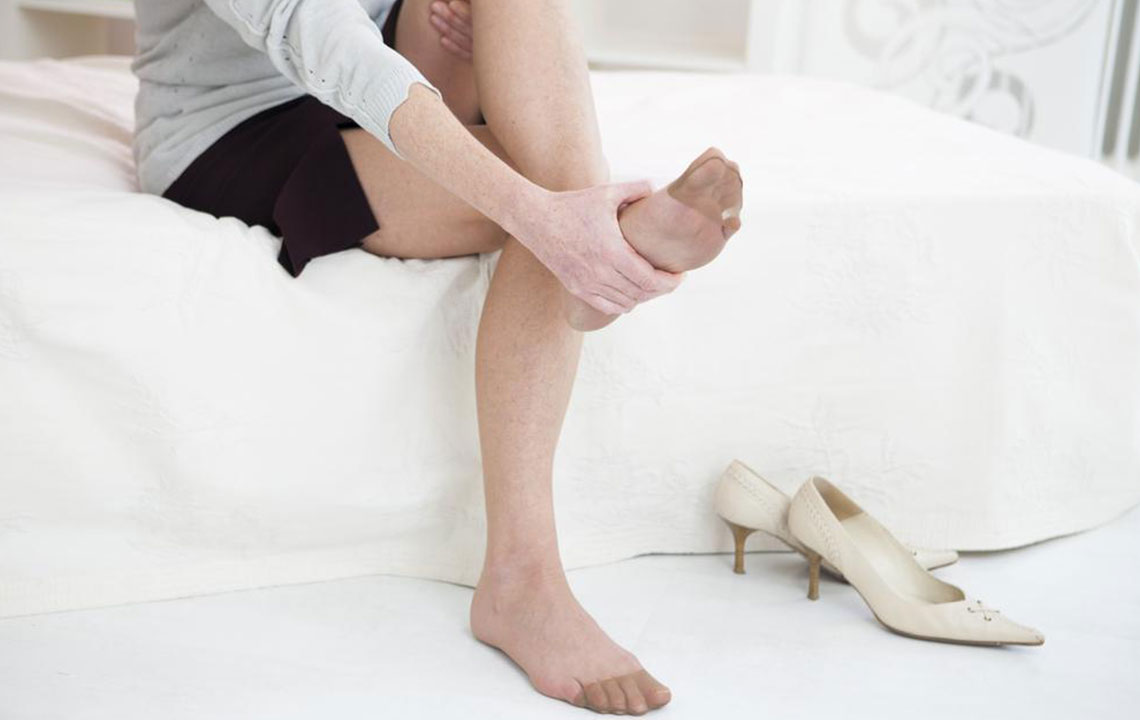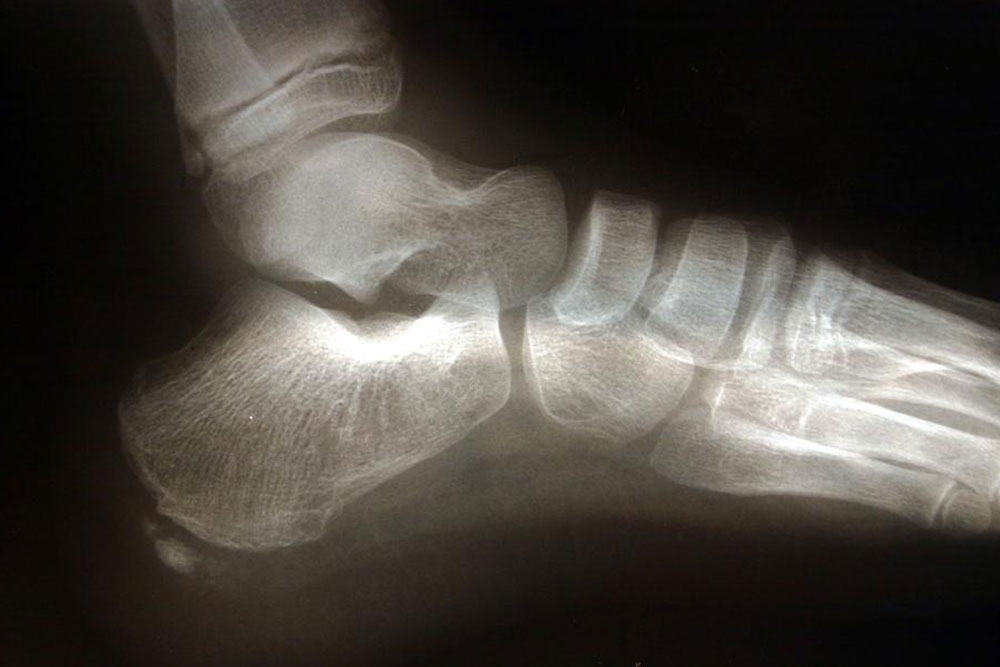Comprehensive Guide to Choosing the Right Footwear for Plantar Fasciitis Relief
This comprehensive guide explores effective footwear options for managing Plantar Fasciitis, emphasizing the importance of proper support, cushioning, and stability. It covers causes, treatment strategies, and specific shoe recommendations for both women and men to assist in healing and preventing heel pain, enhancing quality of life. Ideal for those suffering from heel pain or seeking preventative measures, the article highlights how the right footwear can facilitate recovery and promote foot health.

Comprehensive Guide to Choosing the Right Footwear for Plantar Fasciitis Relief
Maintaining an active and healthy lifestyle through proper diet and regular exercise is vital for overall well-being. However, despite these efforts, some individuals may still experience persistent foot conditions that cause significant discomfort and hinder mobility. One of the most common and debilitating issues in this regard is Plantar Fasciitis, a condition characterized by severe heel pain that can disrupt daily activities.
Understanding Plantar Fasciitis is essential for effective management. The term "Plantar" relates to the sole of the foot, and "Fasciitis" refers to inflammation of the plantar fascia—a thick fibrous tissue that extends from your heel bone to the base of your toes. This tissue functions as a shock absorber and provides essential support during walking, running, and standing. When irritated, this tissue develops micro-tears and inflammation, leading to pain, stiffness, and sometimes heel spurs—bony outgrowths that can exacerbate discomfort.
While the primary symptoms include stabbing heel pain, especially after periods of rest or first thing in the morning, the underlying causes can vary widely. Therefore, identifying contributing factors and adopting effective treatment strategies, including suitable footwear, is crucial for relief and recovery.
Key Factors That Contribute to Plantar Fasciitis Development
Repetitive overuse or excessive strain on the plantar fascia resulting from high-impact activities or prolonged standing.
Formation of heel spurs due to calcium deposits, which can increase pain and inflammation.
Structural foot abnormalities such as flat feet (pes planus) or high arches (pes cavus), which alter foot biomechanics.
Wearing worn-out shoes that lack adequate arch support and cushioning.
Sudden increases in physical activity intensity or duration, leading to overexertion.
Excess weight, pregnancy-related changes, or obesity applying additional pressure to the heel and arch area.
Tight Achilles tendons that limit ankle flexibility, thereby putting extra strain on the plantar fascia.
Effective Treatment Strategies for Plantar Fasciitis
Incorporating rest periods and adhering to prescribed medications or anti-inflammatory drugs to reduce pain and swelling.
Utilizing supportive footwear that provides excellent cushioning and stabilizes the arch to alleviate stress on the foot.
Engaging in specific stretching exercises recommended by healthcare practitioners to improve flexibility of the Achilles tendon and plantar fascia.
Why Proper Shoes Are Critical in Accelerating Healing
Specially designed footwear plays a pivotal role in managing plantar fasciitis. These shoes are engineered to offer optimal comfort, support, and alignment, helping to promote healing and prevent further injury. Correct footwear ensures the foot maintains its natural position, reducing undue stress and alleviating heel pain. Implementing the right shoes and insoles—featuring adequate cushioning, arch support, and fit—can significantly enhance recovery outcomes.
Supportive arch structures limit abnormal foot motion and reduce strain on the plantar fascia.
Firm stabilization minimizes excessive movement and stabilizes the heel during activity.
Customizable insoles or orthotics conform to individual foot shapes, ensuring comfort and support.
Effective cushioning targets sensitive or sore spots to provide relief and reduce impact forces.
Choosing appropriate footwear tailored for plantar fasciitis is essential for both short-term relief and long-term prevention. Here are some recommended shoe models suitable for women and men, with considerations on fit, support, and comfort.
Recommended Shoes for Women:
WW759 Country Walking Shoe — Ideal for outdoor activities with enhanced arch support.
W1340v2 Optimum Control Running Shoe — Designed for runners requiring stability and cushioning.
WL574 Outside In Pack Classic Running Shoe — Retro style with supportive features for daily wear.
W720V3 Running Shoe — Lightweight and supportive for active lifestyles.
W1080 V6 Running Shoe — Advanced shock absorption for impact protection.
Fresh Foam Zantev2 Running Shoe — Cushioned midsole for comfort during movement.
W870V4 Running Shoe — Stable design suitable for prolonged standing or walking.
W1500V2 Running Shoe — Designed for comfort and durability.
WL696 Summer Utility Classic Sneaker — Versatile for casual use with good support.
W990V4 Running Shoe — Max cushioning for high-impact activities.
Recommended Shoes for Men:
M990v3 Running Shoe — Supreme cushioning with superior arch support.
ML574 Core Plus Collection Sneaker — Stylish yet functional for everyday wear.
MT690V1 Trail Shoe — Designed for off-road stability and support.
M940V2 Running Shoe — Reliable for running and walking exercises.
MW840 Health Walking Shoe — Optimized for comfortable walking sessions.
M1540V2 Running Shoe — Extra cushioning for long-distance running.
M1080v6 Running Shoe — Modern support and shock absorption technology.
Mt481v2 Trail Runner — Rugged support for outdoor adventures.
M990V4 Running Shoe — High-performance design for vigorous activity.
M1340 Optimal Control Running Shoe — Strategic support for heel and arch.
Price ranges for these shoes typically fall between $76 and $171, depending on the brand and technical features. They are available on major e-commerce websites like Amazon, and consulting a healthcare professional can help determine the best fit for your specific needs.
Prioritize your foot health today to promote healing and enjoy pain-free mobility. Proper footwear combined with professional guidance can make a significant difference in managing and overcoming Plantar Fasciitis effectively.
